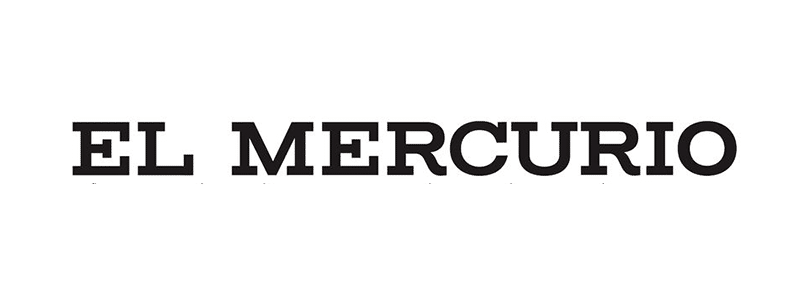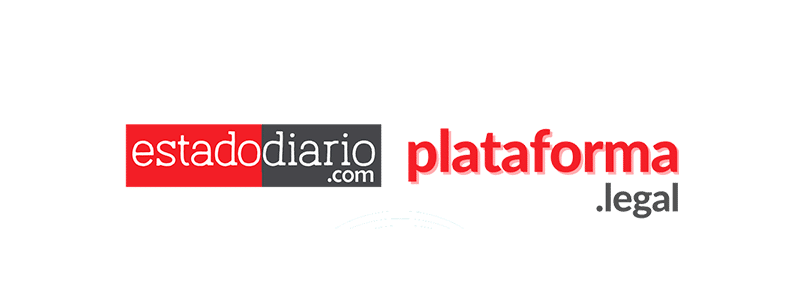We invite you to read the article of Diario Financiero in which our partner, Rodrigo Albagli, commented on the importance of the compliance model resulting from the Economic Crimes Law.
Companies can be held criminally liable for offenses committed internally, which can lead to sanctions up to the extinction of the legal entity. Everything changes, however, if they demonstrate that they had the controls in place to prevent crimes from occurring.
The new Economic Crimes Law came into full effect. Since September 1, legal entities may be criminally liable for economic crimes committed by their members. Since the publication of Law 21.595 in mid-August last year, until today, only natural persons -such as directors and senior executives- were subject to the new legislation.
Although legal entities, such as companies, associations and political parties, were already criminally liable for some crimes, the new law introduces major changes. For example, it modifies the situations in which the legal person is criminally liable, increases the number of crimes that will be imputable to them from around 40 to more than 200, and the compliance models have new requirements to be considered as exempting the legal person from liability.
During the year in which the law was vacant, companies had to review and reformulate their internal processes. Going forward, the challenge will be to continually assess the new risks that arise, continue to review their compliance models and keep a record of their controls to avoid the crimes and large fines that the new legislation introduces.
Companies may be subject to criminal liability for economic wrongdoing
The fact that legal entities have criminal liability means that under certain circumstances they will be criminally liable for crimes committed in the course of their activities, explains Felipe Fernández, associate partner of EY Legal Services. ‘While companies cannot be sanctioned with penalties that individuals can serve, such as imprisonment, they can be sanctioned with fines,’ he says.
Javier Díaz, a partner at Barros & Errázuriz, says that under the law in force until now, individuals could only be held criminally liable if the crime was committed for their benefit. Now, the sanctions apply even if the company does not receive any benefit, unless it is the victim. It will not be liable for crimes only when it has a prevention model effectively implemented. Diaz points out that the law creates some new sanctions, such as that of a supervisor who can impose a prevention model on a convicted legal person, and makes others more severe. Sanctions may include the publication of an extract of the conviction, confiscation of assets and profits; fines; supervision of the legal person; loss of tax benefits; inability to contract with the State, and even the extinction of the legal person.
Environmental offenses incorporated into the Criminal Code
The Economic Crimes Law introduces environmental offenses into the Penal Code. Verónica Benedetti, partner of Forensic at Deloitte, points out that the presentation of false information in the environmental evaluation and to accredit compliance with the obligations of an Environmental Qualification Resolution (RCA) are now crimes. Felipe Fernández (EY) points out that there are infractions that already existed in the regulation, but now become economic crimes, such as those associated with the use of fire in the Forestry Law, damage to national monuments or the alteration of milestones of the exploitation concession in the Mining Code.
The fine for committing one of these infractions varies, but Fernández explains that they can reach up to 120,000 UTM (approximately US$ 8.8 million). The company is guilty of one of these offenses, says Benedetti, when the offense is perpetrated within the framework of its activities, by a member of the company or by someone who provides services to it by managing its affairs with third parties, and provided that the infraction has been favored by the lack of an effective crime prevention model.
Disparate preparation between large and small firms
The president of the CPC, Ricardo Mewes, observes that in the year of vacancy of the Economic Crimes Law for companies there was a different preparation. On the one hand, large firms have been supported by teams of lawyers and advisors to take the necessary precautions and train all their workers.
Mewes says that small and medium-sized companies have also been identifying risky behavior, but in these cases it is vital that they receive support from their unions. We are paying attention to the smaller companies and the unions that group them together. Many times it is the owner who does everything, and in this case there is clearly no compliance officer, so the support role of the unions is vital,’ he believes.
Looking to the future, the CPC president sees that the challenge is to update best practice and compliance documents. Here the penalties are so great that the unions as well as the companies, regardless of their size, we have to be aware that crimes must be avoided at all costs. Here we have to do the job right from the start,’ he says.
The pending bill on collusion
The Economic Crimes Law establishes that as long as a bill does not coordinate the different penalties, sanctions and measures that may be applicable to a legal person for the crime of collusion, legal persons will not be criminally liable for this offense. This bill has not entered into the Congress, so there is no criminal liability of companies for collusion. Including collusion as an economic crime is a matter that was widely debated during the processing of the bill.
Francisco Bórquez, a partner at Barros & Errázuriz, explains that the National Economic Prosecutor’s Office (FNE) has pointed out that there is no advantage to including the crime of collusion within the criminal liability of legal entities, since the law on free competition is more demanding than the Economic Crimes Law. For example, says Bórquez, it allows the use of compliance models as exemptions from liability. ‘The way the system currently works (with a procedure before the TDLC and before criminal courts) allows balancing the technical complexity of qualifying collusion and criminal sanction. Including a different liability complicates the application of the current system,’ he says.
The central role of crime prevention models
The prominence of crime prevention models lies in the fact that the law establishes that if these controls are effectively implemented, the company can exempt itself from criminal liability for crimes committed within it. However, in order for this regime to apply, the company must be able to demonstrate that it maintained an effective prevention model appropriate to its size and business, explains Rodrigo Albagli, a partner at Albagli Zaliasnik. ‘In other words, that everything possible was done to mitigate risks and avoid the bad practices that occurred,’ he says.
Albagli indicates that, for the model to work in practice, actions must be taken, such as: that policies and procedures are accessible and understandable to employees; that training generates knowledge and change; that the whistle-blowing channel is reliable and works; or that, when an incident or malpractice occurs, the company responds with solid investigations and appropriate disciplinary measures.
It is very important for the company to be able to demonstrate that these were not just manuals and processes that were kept in a drawer, but that they were actually being complied with. And to demonstrate that, it is key that the company generates evidence,’ says Susana Sierra, partner and CEO of BH Compliance. Albagli adds that ‘the burden of proving the adequacy of the model is on the company, so it is suggested that in the generation of evidence all the model’s operability be present‘.
With new technologies and accelerated changes, Sierra says that policies will have to be reviewed periodically to adapt to new risks. That the model is alive also means that companies are updating it and seeing if new risks arise,’ he says.
Another important aspect is that the crime prevention model must be periodically reviewed by independent third parties, says Rodrigo Reyes, legal director of Prelafit Compliance. ‘It has to be a third party that has not participated in the design of the crime prevention model and is not linked in any other relationship with the business,’ he explains. On what is meant by periodic reviews, Reyes replies that the law does not establish an explicit timeframe. The purpose of the regulation was precisely to avoid the formalism that would inevitably lead to a sort of checklist. What the legislator wants is for it to be a rational exercise’, he adds. However, the expert’s recommendation is that there should be at least one review during the year.




